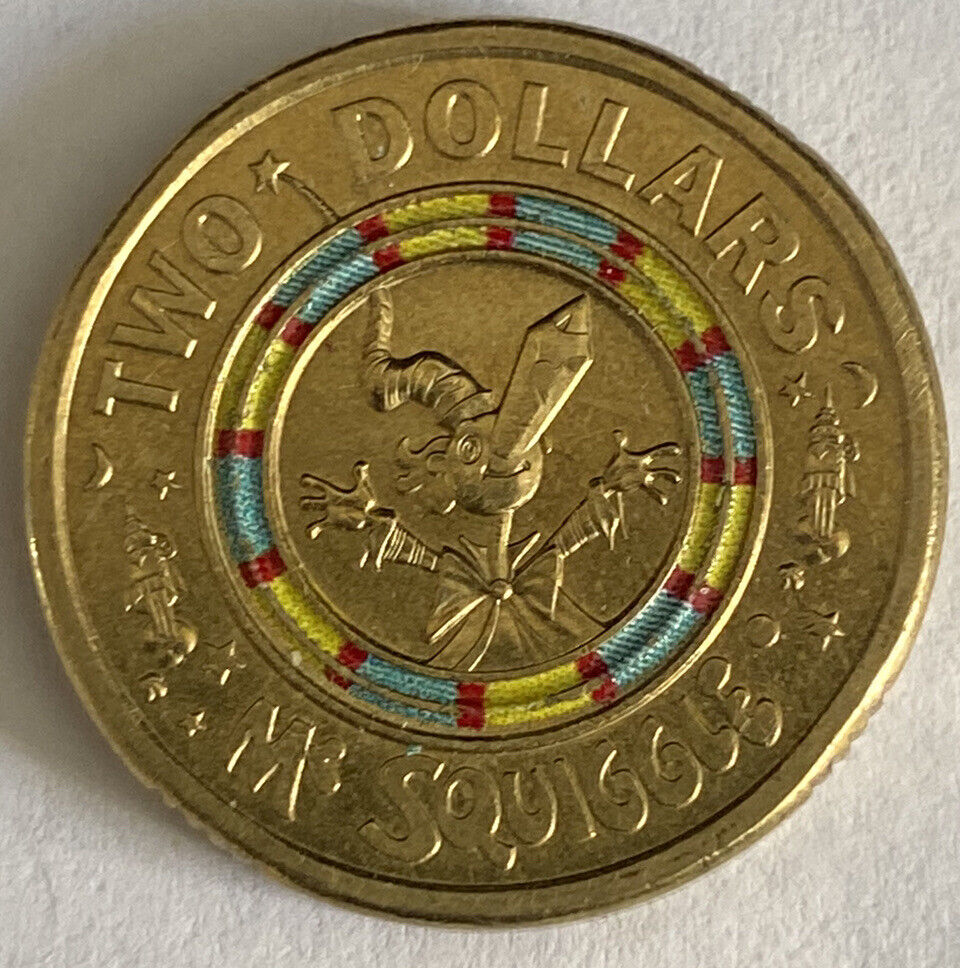Unearthing Treasures: A Guide to Rare Australian Coins for Enthusiastic Parents
Hello, coin-curious families! Are you ready to embarks on a delightful treasure-hunting adventure through the world of rare Australian coins? Whether you’re a seasoned numismatist or a beginner eager to dive into the fascinating realm of coin collecting with your kiddos, you’re in the right place!
Throughout history, Australian coins have not only served as mediums of exchange but also as snapshots of culture, history, and artistry. They are the metallic storytellers of Australia’s rich past and vibrant present. And guess what? Some of these coins are incredibly rare, making them highly desirable to collectors and investors alike. Now, let’s start exploring the glistening universe of rare Australian coins together, shall we?
In this comprehensive guide, we’ll journey through the rarest Australian coins, their captivating stories, and savvy tips for spotting them. So, grab a magnifying glass, and let’s illuminate the dazzling world of Australia’s coinage!
Why Collect Rare Australian Coins?
Before we zoom in on individual coins, let’s understand why embarking on this numismatic voyage can be a brilliant bonding activity and educational experience:
- Historical Significance: Each coin is a piece of Australian history. Collecting them offers a tangible connection to Australia’s heritage and events that shaped the nation.
- Educational Value: Coin collecting is a fantastic way to teach your children about geography, history, economics, and even metallurgy!
- Investment Potential: Some rare coins can significantly increase in value over time, making them a unique long-term investment for your family’s future.
- The Joy of the Hunt: There’s an undeniable thrill in searching for that elusive coin to complete your collection or discovering a hidden gem at a garage sale or local market.
- Creating Memories: Exploring coin collecting as a hobby encourages family time, shared learning, and the creation of lasting memories.
And now, onto the glinting stars of Australian currency…
Spotlight on Rare Australian Coins
While there are many collectible coins in Australia, a few stand out for their rarity and value. Here’s a sneak peek into some coins that have numismatists buzzing with excitement:
1930 Penny
Regarded as the “Holy Grail” of Australian coinage, the 1930 penny is shrouded in mystery and scarcity. With only a handful ever minted, this coin’s rarity is legendary among collectors.
1923 Half Penny
Often overshadowed by the 1930 penny, the 1923 half penny is another coin that is exceedingly rare and prized by collectors due to its limited mintage.
2000 “$1/10c Mule” Coin
A modern error that escaped the mint, this coin possesses a unique mix-up where a 10 cent obverse was paired with a $1 reverse, creating an anomaly treasured by collectors.
So, how do you spot such rarities? Here’s a head start!
Tips for Identifying Rare Australian Coins
It’s not always easy to identify rare coins, but here are a few tips to get you and your young numismatists on track:
- Study Up: Arm yourself with knowledge. Books, online forums, and local collector clubs can be great resources for learning.
- Observe the Details: Examine coins closely, looking at mint marks, dates, and any unusual features that distinguish them from more common variants.
- Connect with Experts: Building relationships with reputable dealers and seasoned collectors can offer invaluable insights and advice.
- Stay Updated: Values and rarity can fluctuate, so it’s important to stay informed about market trends and discoveries.
Engaging with your children in coin collecting not only nurtures a hobby that can last throughout their lives, but it also helps develop their attention to detail, research skills, and appreciation for history and culture. So, what are you waiting for? Let’s dive deeper and uncover the secrets behind the most elusive coins gracing Australian collections.
As we delve further, we’ll explore each of the highlighted coins in more detail, examine the stories behind their rarity, and provide even more insights on how to expand your family’s coin collection. Stay tuned for a captivating journey through the intriguing world of rare Australian coins.

5 Essential Things Parents Should Know When Preparing for Rare Australian Coin Collecting
Embarking on the journey of collecting rare Australian coins with your children can be as enriching as it is exciting! Here are five golden nuggets of wisdom to guide you along the way:
1. Understanding the Market
Just like any other market, the numismatic market can be volatile. Prices for rare coins can go up and down. Parents should have a basic understanding of what affects coin values, such as rarity, demand, metal content, and historical value. Doing your homework and keeping abreast of market trends will help you make informed decisions.
2. Condition Matters
The state of a coin greatly influences its value. Parents should learn the basics of coin grading, which ranges from ‘Poor’ to ‘Uncirculated’ or ‘Mint State’. Coins that are in better condition are often worth more, so it’s important to know how to properly handle and store your coins to maintain their quality over time.
3. Budgeting Wisely
While rare coins can be a good investment, it’s essential to set a realistic budget when starting. Involve your children in the budgeting process to teach them about the value of money and financial planning. Never spend more than you can afford, and beware of falling into the trap of overzealous bidding in auctions.
4. Beware of Fakes
The rare coin market isn’t immune to counterfeiters. Parents need to know how to spot fakes to protect their investment. Familiarize yourself with common counterfeiting techniques, and when in doubt, consult a professional coin grader or dealer. Purchasing coins from reputable sources can also mitigate this risk.
5. Patience is Key
Finding and acquiring rare coins often requires patience. It’s not about instant gratification but the long-term joy of the search and eventual discovery. Impart this wisdom to your young collectors, and they will learn the valuable lesson of patience and perseverance in achieving their goals.
Now that you’re armed with these pivotal insights, you and your mini-treasure hunters are well on your way to building a meaningful and potentially valuable coin collection. Keep this guide handy as you and your family commence your numismatic adventure, and may you find joy in every coin that joins your personal trove of Australian history!
Starting Your Collection
Feeling eager to embark on your collecting quest? Wonderful! Begin by visiting coin shows, auctions, and local coin shops with your children. This hands-on approach to learning will ignite their curiosity and deepen their understanding. And remember, each coin you find brings with it a story – igniting a love for the past, an appreciation for the nuances of minting, and the excitement of a shared family hobby.
Bonding over the shared intrigue of rare coins can become a central part of your family life, stimulating minds young and old. So gather the kids, set out your collecting goals, and prepare for an adventure through time with every coin you discover. Happy collecting!
For more great articles please see here. For more information see here
Disclaimer
The articles available via our website provide general information only and we strongly urge readers to exercise caution and conduct their own thorough research and fact-checking. The information presented should not be taken as absolute truth, and, to the maximum extent permitted by law, we will not be held liable for any inaccuracies or errors in the content. It is essential for individuals to independently verify and validate the information before making any decisions or taking any actions based on the articles.




